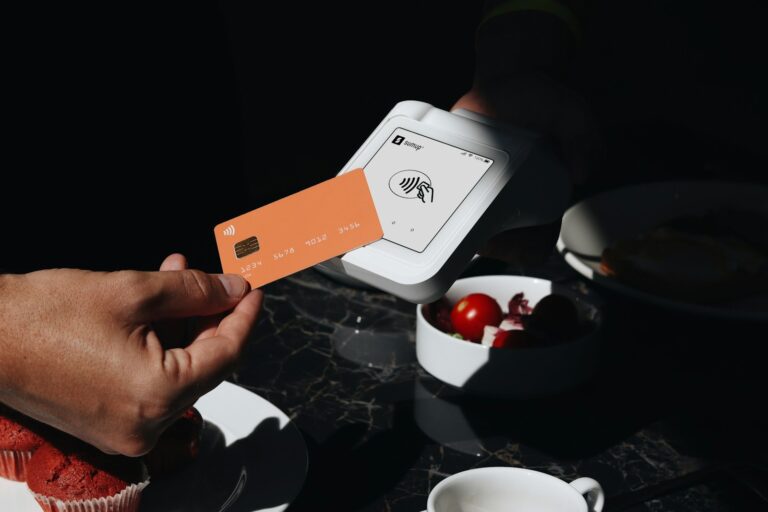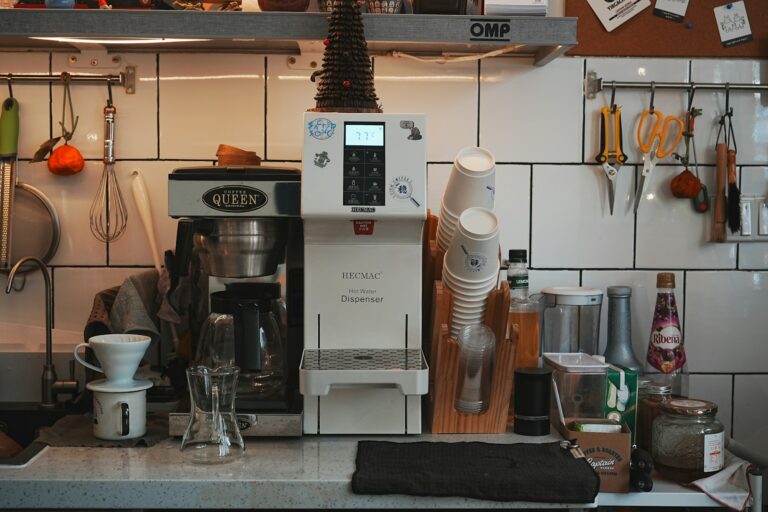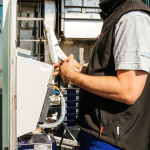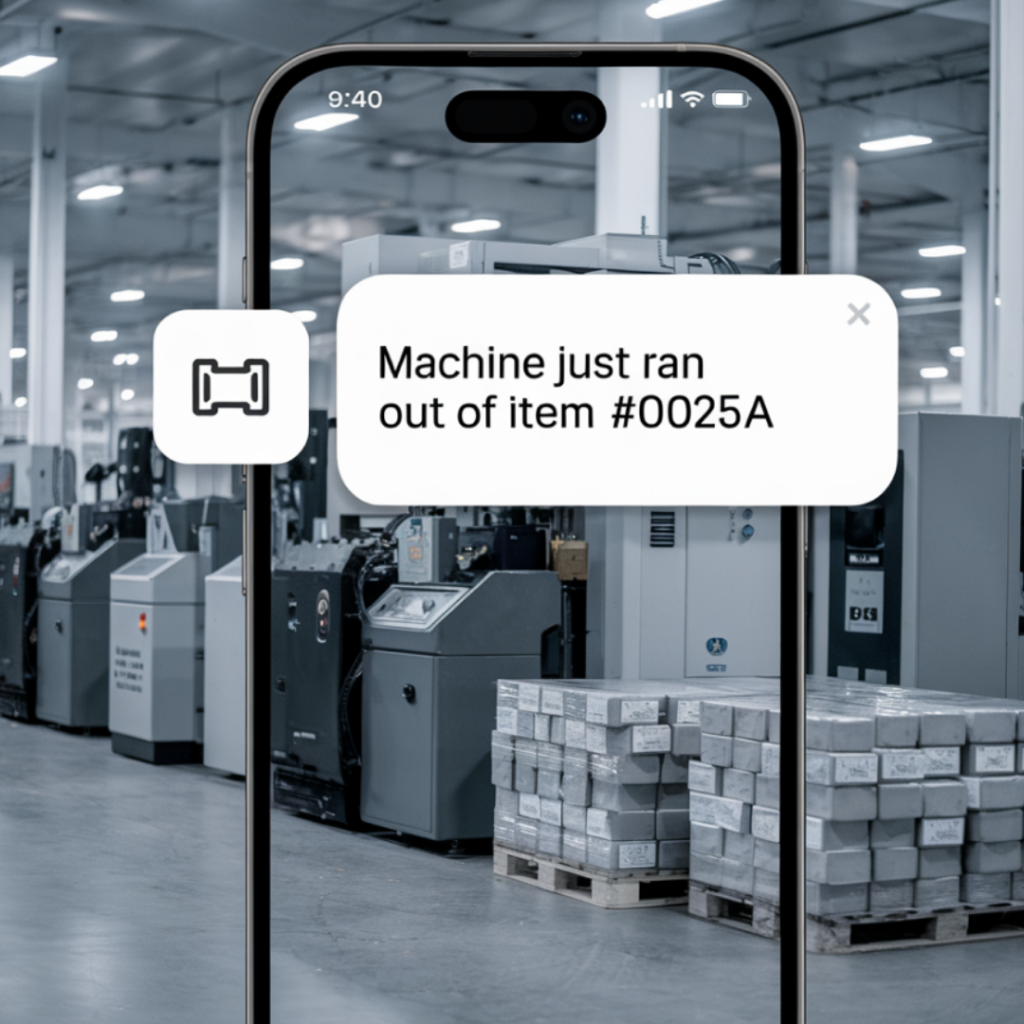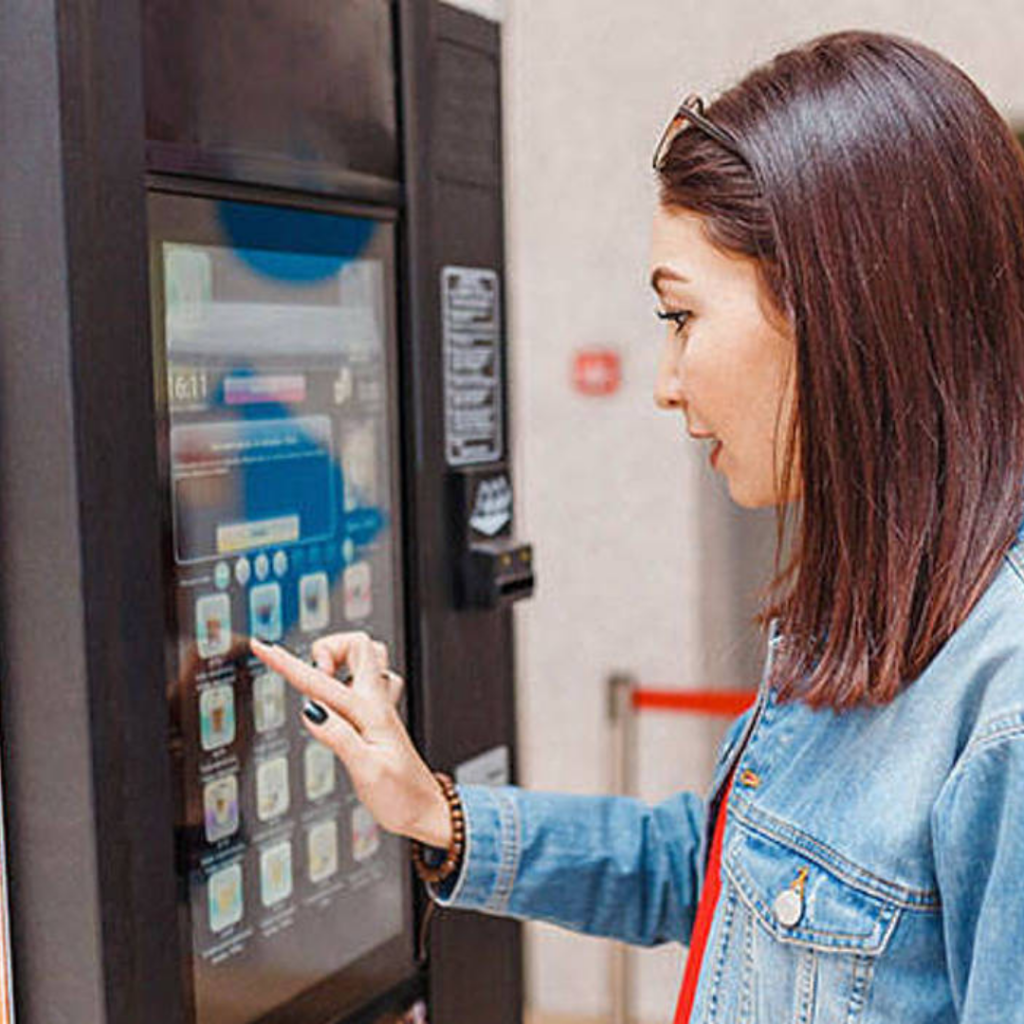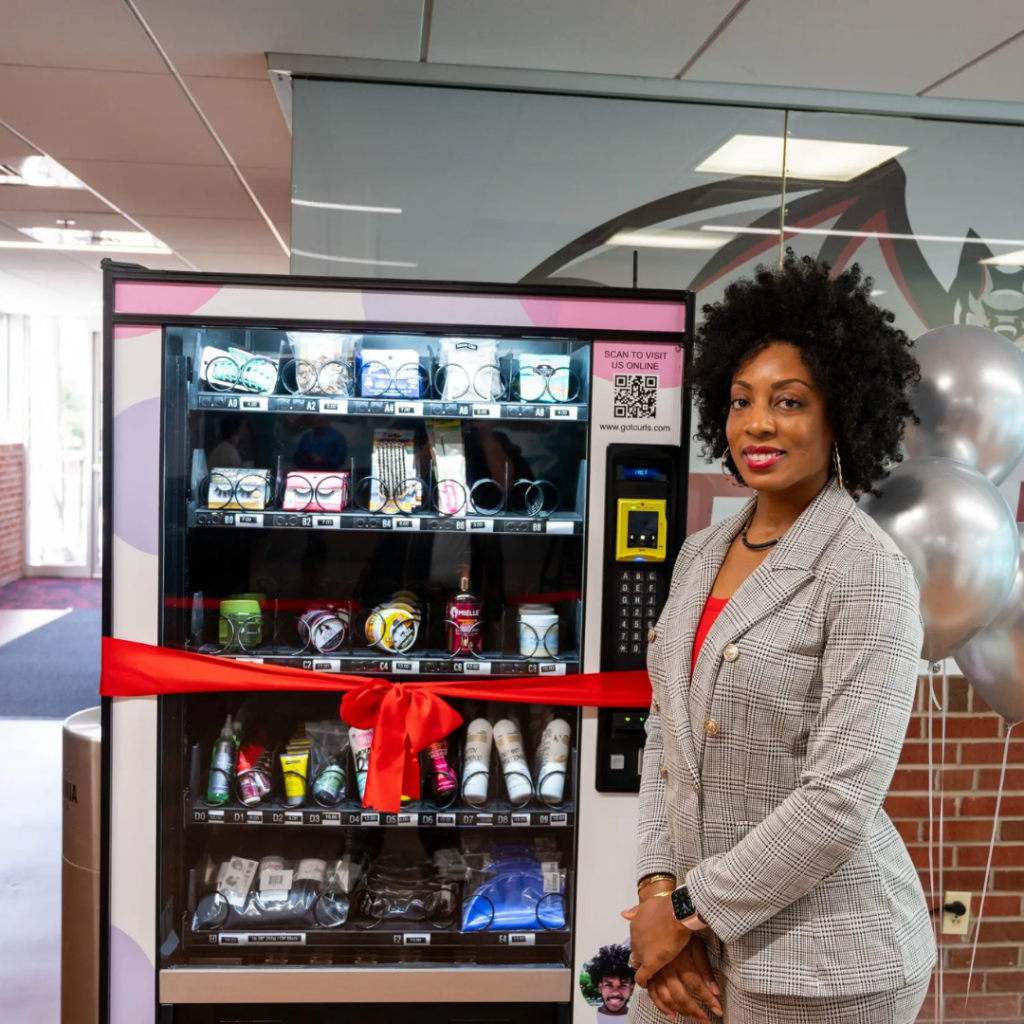How to Start a Vending Machine Business With No Money
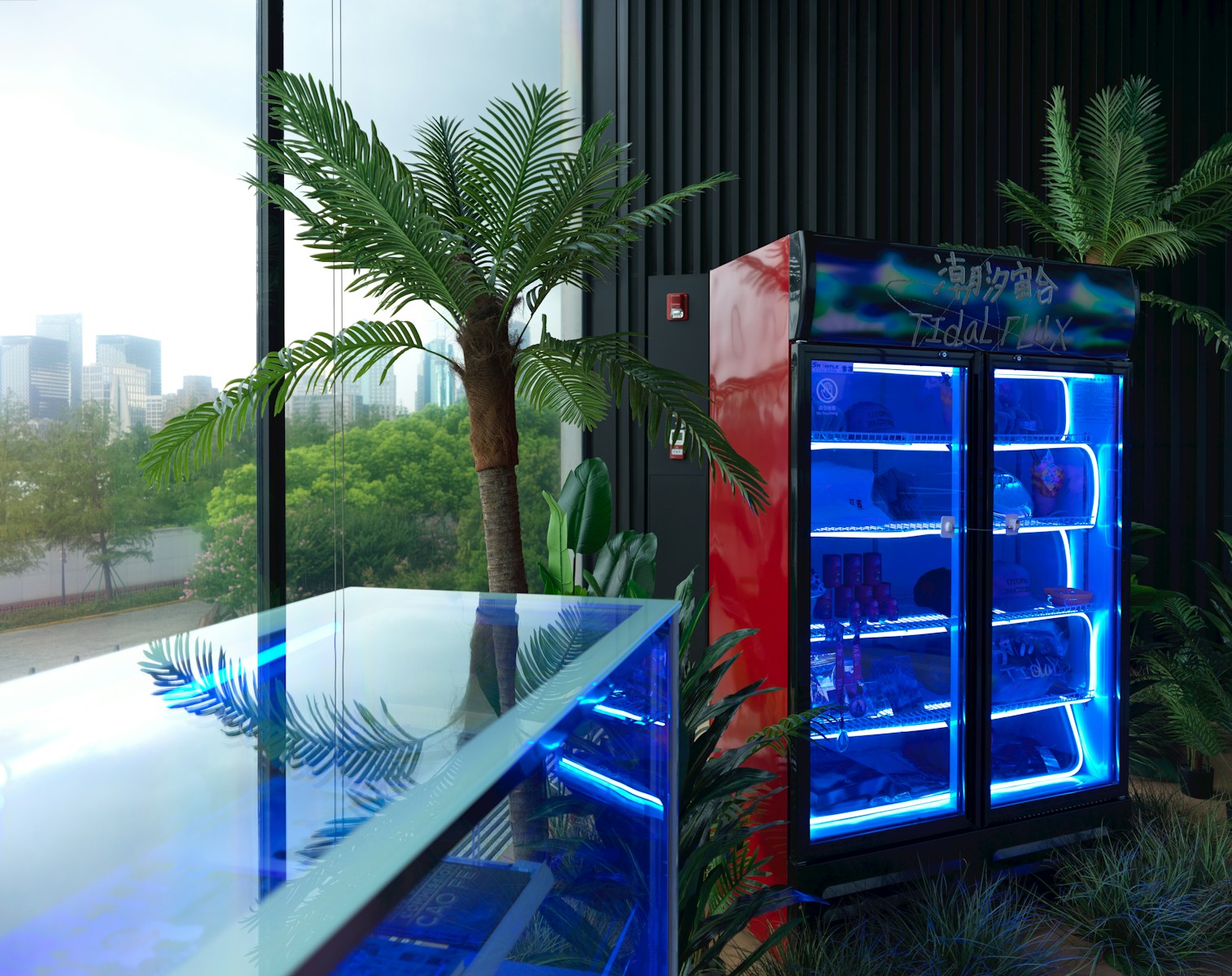
You can start a vending machine business with no money if you understand how the industry works and use the right entry methods. Many new operators believe vending requires a large upfront investment, but several practical strategies allow beginners to launch with limited cash. These approaches focus on location partnerships, property hosting, and flexible financing. When combined with consistent service and smart placement, they give you a path into the vending industry without heavy risk.
This guide explains how each method works, why they are accessible for new operators, and how to use them to build a small vending operation that grows at a steady pace. You will learn the basics of the business, how to secure high performing locations, and how to choose machines that match your budget and skill level. Each step is simple, clear, and designed for beginners who want a realistic way to enter the industry today.
How the Vending Machine Business Works (Beginner Breakdown)
The Core System
A vending business earns money by placing machines in locations where people already spend time. The location provides the space, you provide the machine and service, and both sides benefit. Once placed, the machine earns passive income as customers buy products.
Key Mechanics Most Beginners Never Hear About
- You can run a machine without owning one. Many offices and retail sites have unused machines in storage. They often allow new operators to take them over for free to avoid maintenance and service headaches.
- You can secure locations before finding a machine. This approach removes risk because you only source a machine that matches the exact needs of a confirmed location.
- Old machines still make strong profit. A 15 year old snack machine can perform as well as a smart machine if the foot traffic is strong and the product mix fits the location.
- Profit margins stay high. Snacks often cost 50 cents to 80 cents and sell for 1 dollar to 2 dollars. Drinks usually cost 40 cents to 70 cents and sell for 1 dollar to 3 dollars. This margin allows fast payback even at modest volume.
- Card readers are optional. Many beginners believe they must install one right away, but many locations still produce reliable cash sales. Adding cashless is helpful, but not mandatory at the start.
What You Actually Do Each Week
Your tasks are simple and repeatable. Most operators spend more time driving to a location than servicing the machine.
- Check inventory and refill products.
- Collect cash and review card sales.
- Clean the machine so it stays presentable.
- Fix small issues like bill jams, coin jams, and loose spirals.
Most machines need one service trip every 7 to 14 days, depending on sales. This keeps the business flexible and easy to manage part time.
The Real Profit Lever
Location quality affects revenue more than anything else. A good location can produce steady income even with an older machine. A weak location can lose money even with the best equipment. This is why beginners who start with no money must focus on placements first. Later sections explain how to secure high performing locations using free methods that reduce risk and speed up the path to profit.
Starting a Vending Machine Business With No Money
You can start a vending machine business with no money by using access points that already exist in the industry. Many locations want vending service but do not want to buy machines. Many machine owners have equipment sitting idle because they lack time, staff, or good placements. And many suppliers offer financing that requires no upfront payment. When you understand how these gaps work, you can enter the industry without spending money on equipment.
The three methods below work because they solve real problems for operators and locations. You are not asking for favors. You are providing service, handling equipment, and keeping locations stocked. This creates a win, and every win generates predictable revenue.
Method 1: Start a Vending Business for Free Using Location Matching
Location matching is the strongest no money entry method because it uses resources that already exist. Thousands of machines across the country sit unused in storage. They belong to operators who no longer run full routes, lost locations, upgraded equipment, or do not have time to place older machines. These machines still work and still make money. Owners want them placed, but they do not want to handle new locations themselves.
Your job is simple: find a location that wants a machine and match it with a machine owner who wants passive income. You take over the work, and both sides benefit. This creates a no cost setup for you and practical value for everyone involved.
- Start by finding locations, not machines. Most beginners waste time looking for machines first. This creates stress and forces them to store equipment they cannot use. When you secure the location first, you know exactly what machine type you need and whether the opportunity makes sense. This eliminates risk and speeds up your start.
- Target locations that already have service gaps. Break rooms with empty machines, apartments with outdated equipment, offices with broken snack machines, and small businesses using overpriced micro markets are high value targets. These locations often want a new provider right away, and many let you take over existing equipment for free.
- Approach machine owners with a simple offer. You place and service their unused machine. They receive a small revenue share, usually 10 percent to 30 percent of net profit. You get a machine with no purchase cost and no debt. They get money for an asset that is currently earning nothing.
This method gives beginners something rare in vending: a profitable setup without upfront cost. Many operators started this way and used their first machine to fund additional equipment.
Method 2: Host a Machine at Your Property (Zero Cost Setup)
If you control a property with daily traffic, you can get a machine installed for free by an operator who wants the guaranteed placement. This is a zero cost setup because you provide the space, and the vendor provides the machine, service, and inventory. You earn a commission simply because you control the location.
This method works even for small locations. A site with 20 to 40 people per day may not be enough for a new operator to invest money, but it is enough for an established operator to place a machine for free because they already have inventory and equipment ready to deploy.
- Use any space you control. A rental property, workshop, auto shop, salon, shared office, barbershop, or even a coworking area qualifies. Operators want predictable placements because they reduce route planning costs.
- Negotiate your commission. Ask for 10 percent to 20 percent of sales. Most operators agree because you are giving them a confirmed location with no cold calling required.
- Learn from the operator. You see how machines work, how inventory is loaded, and how card readers function. This knowledge makes your future vending operation easier and reduces beginner mistakes.
This method gives you vending income and hands on exposure with no equipment investment. It is one of the safest ways to get started if you want to build confidence before servicing your own machines.
Method 3: Own a Machine Later Through Low Cost Financing
Financing allows you to acquire a machine with no upfront payment, then use the machine’s revenue to cover the loan. This approach becomes very low risk when you secure a location before choosing a machine. With a predictable placement, your monthly payment is covered by sales, even in modest locations.
- Use simple monthly financing plans. Many vending suppliers offer payment plans from 50 to 150 dollars per month. These plans do not require strong credit because the machine itself acts as collateral.
- Secure the placement first. This ensures the machine will generate revenue from day one. A good office, break room, gym, or warehouse can easily produce enough weekly sales to cover the payment and leave a profit.
- Consider refurbished machines only if needed. We do not recommend refurbished units as a primary strategy because quality varies and reliability depends on the seller. Still, they can reduce your monthly payment and are a workable option for beginners who verify condition and purchase from trusted refurbishers.
Once the loan is paid off, the machine becomes a cash producing asset. Many small operators scale to multiple machines by repeating this process a few times, using revenue from the first machine to fund the next one.
How to Find Profitable Vending Locations (Even if You’re Broke)
Finding profitable vending locations does not require money. It requires strategy, consistency, and knowing which types of buildings convert at the highest rate. Most beginners struggle because they approach locations randomly. When you target the right categories and use simple scripts that highlight value, you secure placements even without owning a machine yet.
Below are methods that work for beginners with zero budget and zero equipment. These methods focus on solving location problems, not trying to “sell” vending services. Locations want reliability, convenience, and fast response times, not fancy machines or aggressive pitches.
Target Locations With Existing Pain Points
Places that already have vending issues convert the fastest. You are offering a solution, not a request. Look for:
- Empty or unplugged machines. This signals the location had a bad vendor and is open to change.
- Machines with expired products. Operators often abandon slow locations. You can take over service with no cost.
- No machines but steady foot traffic. Gyms, auto shops, laundromats, and warehouses often want vending but never took the time to find an operator.
- Businesses with high turnover. Staff changes often cause vending contracts to lapse, giving you an opening.
These locations are “pre qualified,” meaning they already understand the value of vending and are ready for a dependable provider.
Use Simple, Direct, Value Focused Outreach
Most vending outreach fails because beginners use long sales pitches. Instead, speak to the location’s interests. The best short script for cold calls or walk ins is:
“Do you already have a vending provider? If not, I can place and service a machine at no cost. You choose the snacks and drinks you want, and I handle everything.”
This script works because it removes risk, offers control, and tells them exactly what they get. You are not selling machines. You are offering convenience.
Leverage Your Local Network
Many beginners forget that their best opportunities are often within their personal circle. Tell friends, coworkers, and family that you provide vending service. You will be surprised how many people know a business owner, property manager, warehouse supervisor, or school administrator who wants a machine.
- Ask your employer. Even small workplaces like shops and offices often want a machine for staff.
- Ask apartment owners. Many landlords want vending for common areas but do not want to manage it.
- Connect with small business owners. Auto shops, salons, and martial arts gyms are high conversion locations.
Personal recommendations also increase trust, which makes placements easier to secure.
Focus on High ROI Location Categories
Some location types consistently outperform others. When you are starting with no money, target “efficient locations,” meaning buildings with reliable foot traffic and low competition. Top categories include:
- Warehouses and distribution centers. Staff need fast, on site drinks and snacks, and foot traffic stays consistent.
- Gyms and fitness centers. These locations generate strong drink sales, especially water, energy drinks, and protein options.
- Apartment buildings. Residents buy snacks late at night when nearby stores are closed.
- Manufacturing facilities. Employees rely on vending during breaks because they cannot leave during shifts.
- Colleges and training centers. Students create dependable daily foot traffic.
Targeting these categories reduces the time needed to find a profitable placement. They also make it easier to justify your service even without advanced equipment.
Offer Micro Commitments That Remove Risk
Locations hesitate when they think a vendor will disappear or provide poor service. Solve this by offering small commitments that reduce perceived risk. Examples:
- 30 day trial period. If they are not satisfied, you remove the machine at no cost.
- Product control. They choose the initial snack and drink mix.
- No contract required. Most small locations do not need a contract, which speeds up approval.
- Rapid response guarantee. Promise restocks or repairs within 48 hours.
These commitments set you apart from operators who run routes part time and do not prioritize service. Locations value reliability more than machine features.
Use the “Location First” Strategy When You Have No Money
The strongest tactic for broke beginners is securing the location before the machine. This makes every method easier. When you tell a machine owner, supplier, or financer that you already have a confirmed location, you instantly gain credibility. Many owners will loan you a machine because you have somewhere to put it. Many suppliers will prioritize your financing. And many locations will give you access because you demonstrate action, not promises.
Finding profitable locations with no money is not about equipment. It is about solving problems, being consistent, and offering service that others are too busy to provide. When you control a good location, you control the foundation of your vending business, even before you buy your first machine.
Best Vending Machines to Start With (AI, Smart, Combo, Coffee)
The right vending machine can make your startup easier, reduce your service time, and produce steady sales even in small locations. You do not need the newest or most expensive model. You need a machine that matches the environment, traffic pattern, and buying behavior of the people using it. Below is a detailed breakdown of the most practical vending machines for beginners and why each type works.
1. Combination Vending Machines
Combination vending machines (snack and drink in one unit) are one of the safest starting points because they serve two needs without requiring two machines. These units fit well in places with moderate foot traffic or limited space. They are ideal for offices, gyms, apartment buildings, salons, and small break rooms where people want both snacks and cold drinks but the location cannot justify multiple machines.
- Why they work: They reduce cost, save space, and simplify inventory management.
- Best use case: Locations with 20 to 60 daily users that need basic convenience rather than variety.
- Beginner advantage: Less risk because one machine serves both categories.
2. Soda Vending Machines
Soda vending machines and bottled drink machines remain top performers across almost every location type. Drinks usually outsell snacks because customers buy multiple drinks per day, especially in active environments. These machines are easier to maintain because they have fewer motors, fewer spirals, and predictable product sizes.
- Why they work: Consistent demand for water, soda, sports drinks, and energy drinks.
- Best use case: Gyms, warehouses, industrial sites, auto shops, and anywhere hot or high activity.
- Beginner advantage: Fast turnover means fewer expired items and smoother cash flow.
3. Snack Vending Machines
Snack vending machines offer steady mid-day and late-night sales in offices, schools, apartments, and waiting areas. They do not require refrigeration, making them cheaper to maintain and easier to repair. When placed in a steady work environment, snack machines create predictable weekly revenue from chips, cookies, bars, and pastries.
- Why they work: Low maintenance and consistent break-time demand.
- Best use case: Offices, medical buildings, schools, and “dry” indoor areas.
- Beginner advantage: Fewer technical issues and lower energy cost.
4. AI Vending Machines
AI vending machines are modern units with touchscreens, product recommendations, and remote inventory tracking. They are not necessary for most beginner routes but can outperform traditional machines when placed in premium buildings. Their visual appeal draws customers, and remote monitoring reduces service trips.
- Why they work: Better engagement and lower labor time due to remote data.
- Best use case: Hotels, upscale apartments, medical centers, and luxury gyms.
- Beginner advantage: Use them selectively when the location justifies the investment.
5. Coffee Vending Machines
Coffee vending machines perform best in workplaces with early shifts or long sedentary hours. Coffee has one of the highest margins in vending because product cost stays low. These machines do well in offices and waiting areas where customers want hot drinks without leaving the building.
- Why they work: Daily routine sales and high profit margin per cup.
- Best use case: Offices, clinics, call centers, and high-traffic lobbies.
- Beginner advantage: Works well as an add-on machine to increase revenue without doubling visits.
Simple Startup Checklist
Use this checklist to move from idea to your first placed machine as efficiently as possible.
Preparation
- Define your service area within a realistic driving range.
- Research local machine suppliers and existing vending operators.
- Create a short outreach script for calls and walk ins.
- Decide which machine type fits the locations you plan to target.
Finding and Securing Locations
- Target buildings with steady foot traffic such as gyms, warehouses, offices, and apartments.
- Look for service gaps such as empty machines, expired products, or unplugged units.
- Use a simple pitch that focuses on free service, fast response, and product choice.
- Offer a 30 day trial if the location is hesitant.
Setting Up Your First Machine
- Match the machine type to the location’s needs, not personal preference.
- Stock high turnover products first such as drinks, chips, bars, and water.
- Test every slot, bill validator, and coin mech before launch.
- Place your contact info on the machine for fast communication.
Ongoing Operation
- Service the machine before it reaches 30 percent inventory.
- Track what sells weekly and remove underperforming products.
- Clean the machine during every visit.
- Maintain simple records of sales, product costs, and profit.
Conclusion
Starting a vending machine business does not require complex systems or large upfront investments. It requires finding the right locations, choosing machines that fit those locations, and serving them consistently. When you focus on solving location problems, not selling equipment, the business becomes simple. Every strong placement builds reliable revenue, and every machine you manage teaches you how to expand. With steady action and clear priorities, you can build a vending operation that grows one location at a time and produces dependable income for years.



